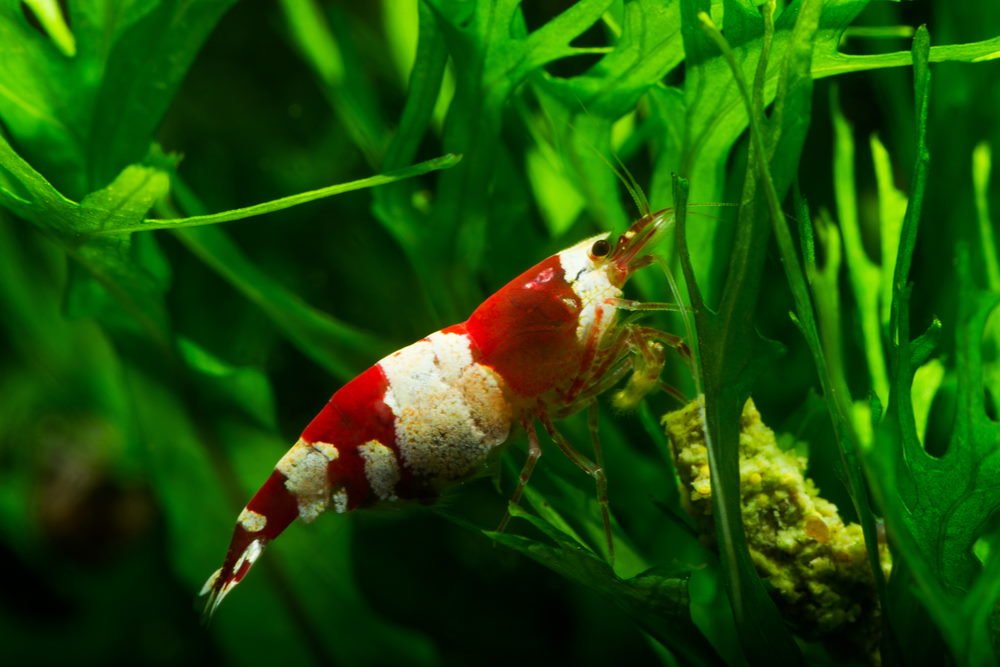Phosphate test kit arrived today. Result is very very blue. Probably 5 maybe higher. I will do a test with diluted tank water later to nail in a value. So it seems like that's not my limiting nutrient.
If I was <"
adding CO2"> I would add a complete fertiliser, it is just back to <"
Liebig's limiting nutrient">. The plants can only make use of the extra (CO2) inorganic carbon if their growth isn't limited by the deficiency of another nutrient.
CO2 was initially added as the first plant symptom I had was Masses of BBA. (Pretty much every plant and stone in the tank at the time had a fir coat) and the CO2 seemed to help coupled with adjusting hardscape to even out the flow pattern.
I see you have Amazon Frogbit (
Limnobium laevigatum) and that is actually what I use as my <"
nutrient test kit">, via its <"
growth and leaf colour">. I think yours looks OK at the moment.
The frogbit is looking the healthiest it's looked in all its time in the tank at the moment. It used to be intermittently pale and holey with a lot of yellow, at the moment it's bright green, strong leaves and growing so fast I am considering adding a midweek harvest because it's pretty much doubling in area weekly.
floaters are drawing the most of the ferts from the water as they get "double" the light and double the co2 - maybe remove some of them if you don't need the shade).
The shade is for the fishes' benefit, it's calmed the tank down to have a shady end. As mentioned above, I am thinking I need to thin them out more regularly. They've basically covered that end of the tank at this point so it's full shade rather than dappled but I would like to keep some level of floating plants to shade that end
solve the easy and measurable issues, like getting Sessiflora right - it's the easiest and fastest growing non-floating plant ever- it mostly uses stuff from the water column - should not struggle in any co2 injected tank. It is also the best indicator - gives you "readings" pretty much daily - just have to look at it every day. You will know your ferts are ok when Sessiflora grows well
So given the sessiflora is leggy with some stunting what tweak would you recommend as a first step. As far as I can see my easy and free options are CO2 down, NO3 up, No3 and PO down (water changes adjusting feeding), Micros up or down and husbandry (pruning etc.). and I can buy Phosphate and Potassium to adjust those in the short to medium term.
I'd also consider temporarily moving below hardscape out of the way - the stones look as they could be blocking the flow from the spray bar!
There is another vertical spray bar which has my CO2 diffuser inline to it at the front right spraying along the front of the tank. The three bits of wood on the right help draw that CO2 flow along the front of the tank before it gets drawn down and then to the back. Without those the CO2 tended to get deflected into the vallis and didn't go to the rest of the tank. Even with the small cave and lava rock in the middle, there is plenty of flow at the back middle and lots of microbubbles passing around the stem plants, but I can move those two to the back with no major issues. (although I will miss shrimp rock at the front, it's a fun spot to watch.
Would you recommend making that hardscape move and then observing changes over a few days before anything else or...?
I don't want to do a hundred things but I don't really have a solid idea for a step 1.








